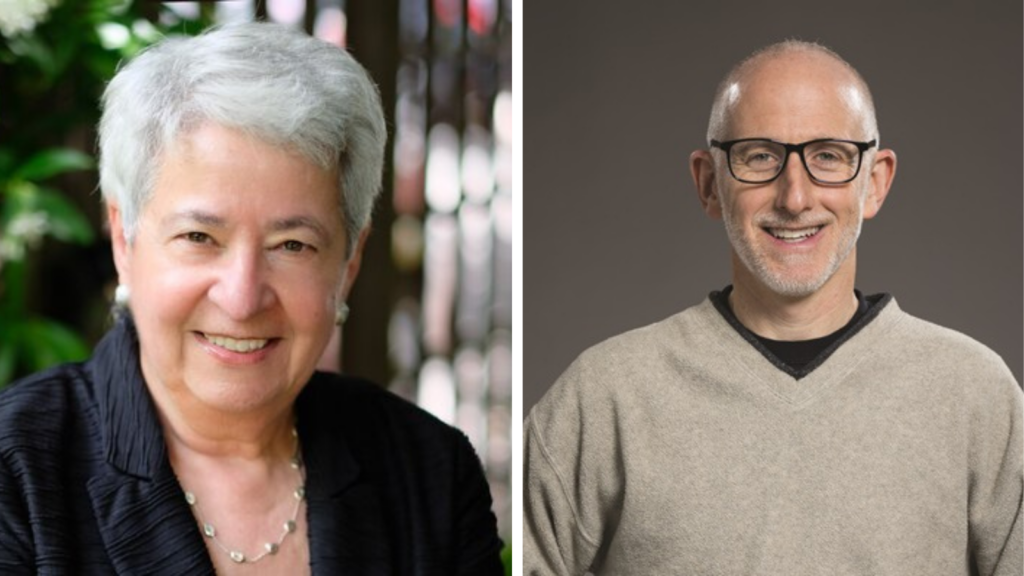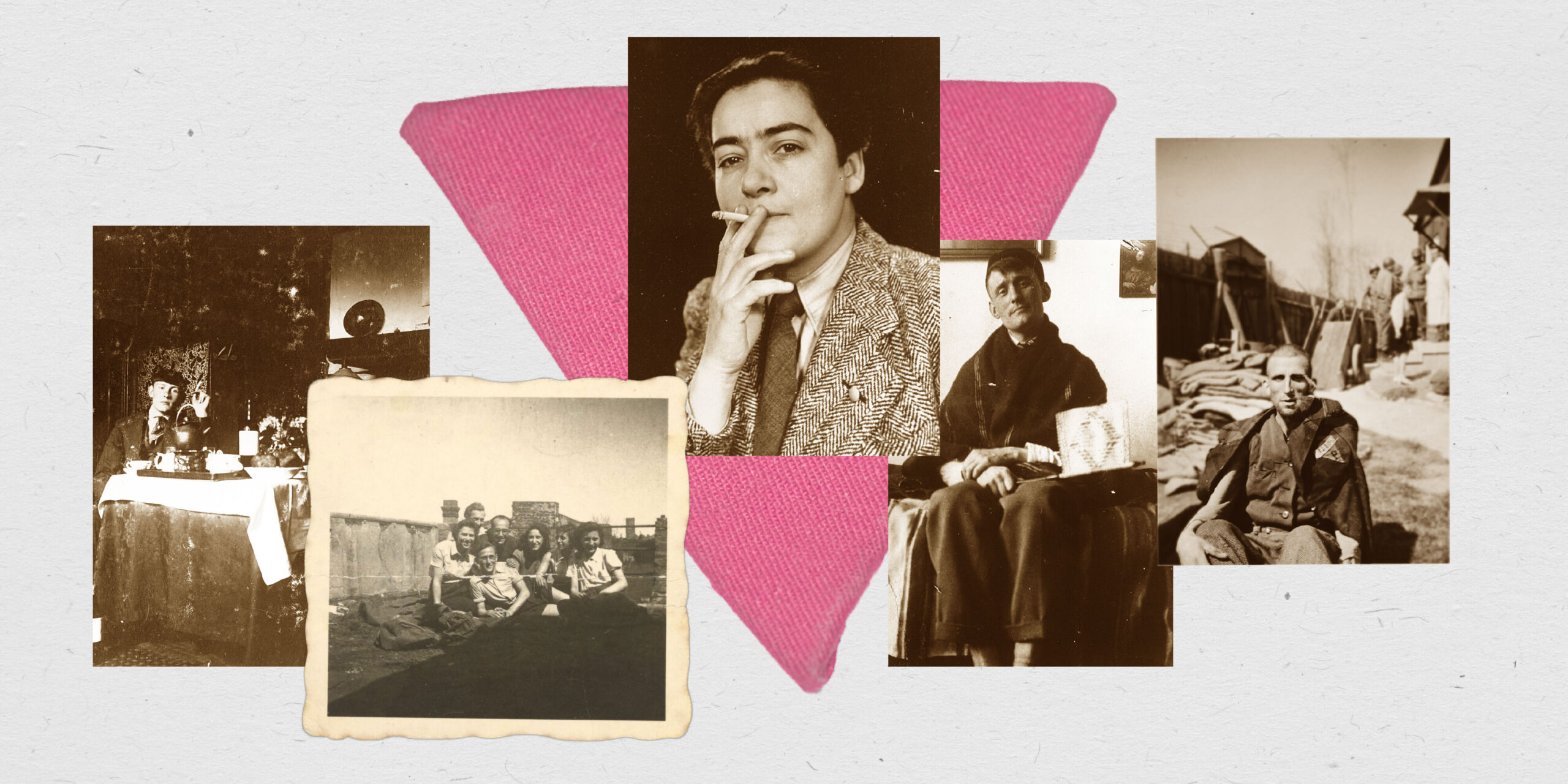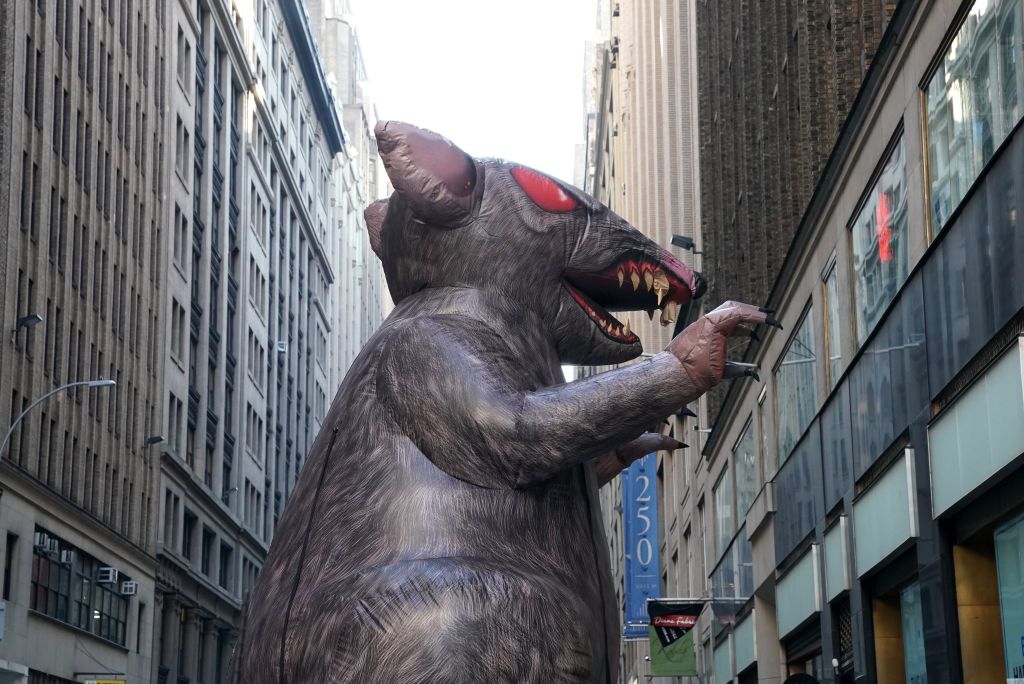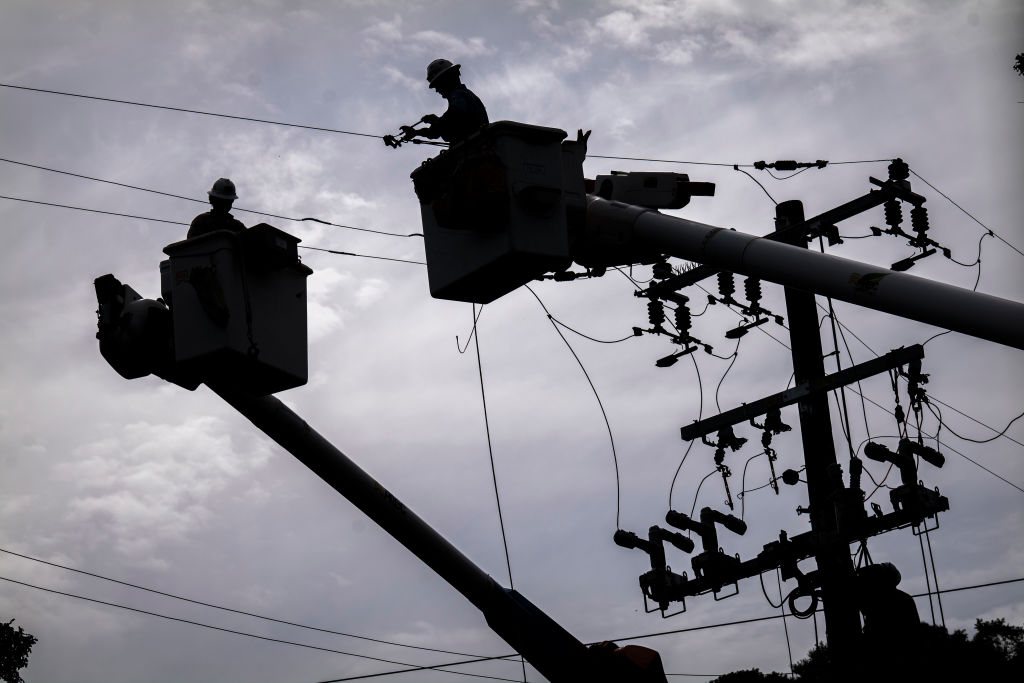
Roe Is Gone, Abortion Isn’t: Authors Carole Joffe and David Cohen on the Resilience of Reproductive Freedom
April 24, 2025
University suspends nine gender, disability and ethnicity majors under new Ohio law
April 24, 2025Yom HaShoah, Holocaust Remembrance Day — which began at sundown yesterday and ends at nightfall today — is a solemn occasion to reflect on the atrocities committed during the Holocaust, honor the memory of the millions of victims and reaffirm our commitment to combating antisemitism and all forms of systemic discrimination.
The Holocaust was the systematic, state-sponsored genocide of 6 million Jewish people by Nazi Germany, driven by a goal to create a Judenfrei (Jew-free) Europe. The Nazis’ brutal extermination campaign also targeted millions of other people who belonged to other marginalized communities. LGBTQ+ people, Romani people, people with disabilities, Slavic people and political dissidents were all murdered en masse by the Third Reich during the Holocaust. Acknowledging these groups does not diminish Jewish suffering but rather strengthens our understanding of the Holocaust as a stark warning against all forms of persecution.
LGBTQ+ life in Weimar Germany and the foundations of persecution
Before the Nazis rose to power, Germany was remarkably progressive in its approach to gender and sexuality. The Weimar Republic, particularly Berlin, was a hub for LGBTQ+ rights and research. Dr. Magnus Hirschfeld’s Institute for Sexual Science, founded in 1919, published research arguing that “sexual predispositions and gender identities naturally existed along a spectrum,” and that “because sexuality was inborn, queer people should not be discriminated against.” This era saw the foundation of the Scientific Humanitarian Committee — one of the world’s first LGBTQ+ rights organizations, which historian Robert Beachy credits with helping define modern LGBTQ+ identity.
Despite this relative tolerance, the legal system still criminalized same-sex relationships under Paragraph 175, a law that defined “unnatural indecency between two men” as a punishable offense. Though Hirschfeld and his organization fought to combat Paragraph 175 and decriminalize homosexuality, the Nazi regime would later exploit and expand this law, leading to mass persecution.
From tolerance to tyranny: Nazi persecution of LGBTQ+ people
When the Nazis came to power in 1933, the progress made for LGBTQ+ rights during the Weimar Republic came to a violent halt. The regime viewed homosexuality and gender nonconformity as existential threats to the Nazi vision of a strong, racially pure Aryan state. At the forefront of this persecution was Heinrich Himmler, head of the SS, who saw the suppression of homosexuality as essential to maintaining social order.
In a February 1937 speech, Himmler declared, “All things which take place in the sexual sphere are not the private affair of the individual but signify the life and death of the nation.” Such belief in rigid gender norms and reproductive duty led to the expansion of Paragraph 175 in 1935, dramatically increasing penalties for homosexuality. Arrests under this law rose significantly by 1937, and many of those detained were sent to prisons or concentration camps.
Himmler depicted homosexuality as a form of mental illness, asserting in his speech: “The homosexual is a thoroughly mentally ill man. He is soft, he is in every crucial regard a coward.”
He used these characterizations to justify Nazi policies that targeted LGBTQ+ people as weak and corrupting influences. Additionally, he claimed that “homosexuality leads to absolute, I would almost say, mental insanity and madness,” reinforcing the belief that homosexuality was a threat to social stability.
Like all people imprisoned by the Nazis, LGBTQ+ people in these camps were subjected to forced labor, medical experimentation and extreme violence. Himmler justified this by framing homosexuality as a contagion. He said, “We must be absolutely clear that if we allow this vice to flourish in Germany, without being able to fight it, it will be the end of Germany, the end of the Germanic world.”
By 1942, the Nazis escalated their persecution further, applying the death penalty to homosexuality within the military. Himmler saw this as necessary for the discipline and purity of the German armed forces, arguing that the extermination of LGBTQ+ people was “simply the extinguishing of abnormal life. It had to be got rid of, just as we pull out weeds, throw them on a heap, and burn them.”
A defining symbol of this persecution was the pink triangle, which LGBTQ+ people imprisoned in concentration camps were forced to wear. The enduring legacy of this symbol remains significant, and it has recently been used flippantly by high-ranking officials, including President Donald Trump. On March 9, Trump reposted an opinion piece from The Washington Times lauding the administration for turning back the military’s focus on diversity, equity and inclusion in recruitment ads. The commentary included an image featuring the pink triangle overlaid with a red circle with a slash through it, a symbol that represents prohibition of or opposition.
The post alarmed many historians and advocacy groups who recognize its dark historical context and the implication of what the pink triangle represents. The National Center for Lesbian Rights condemned the move, explaining that the pink triangle was used to systematically identify and dehumanize LGBTQ+ people during the Holocaust.
Parallels to modern anti-LGBTQ+ rhetoric
Attempts to distort Holocaust history to justify modern homophobia are not new. Some far-right figures, such as fundamentalist anti-LGBTQ+ activist Scott Lively, have falsely argued that the Nazi movement was itself driven by homosexuals. In his 1995 book The Pink Swastika, Lively claimed: “There is no question that homosexuality figures prominently in the history of the Holocaust. … The first years of terrorism against the Jews were carried out by the homosexuals of the SA.” Historians have refuted this as a baseless conspiracy theory, yet such distortions persist in an effort to undermine the historical reality of Nazi persecution of LGBTQ+ people.
Modern anti-LGBTQ+ discourse continues to rely on narratives of deviance, danger and moral corruption. Arthur Schaper, a spokesperson for the anti-LGBTQ+ hate group Mass Resistance, has escalated inflammatory rhetoric, falsely linking trans people to mental illness. In a February interview on CharLee Simons’ program “DO NOT TALK,” Schaper claimed that being LGBTQ+ “is clearly a mental illness.” He argued that it should not be accommodated but instead treated as a disorder requiring institutionalization. “It needs to be committed, OK, like in a mental health institute,” he said. “We need to get back to that. We need to re-deviantize sexual perversion.”
Organizations such as Liberty Counsel have echoed similar sentiments, framing LGBTQ+ identity as a condition from which individuals must escape. It has urged its supporters to “pray for the young men and women struggling to escape the LGBTQ’s transgender trap.” This rhetoric presents LGBTQ+ identities as unnatural states that demand intervention.
Liberty Counsel’s Matt Staver also claimed in January 2024 that “The LGBTQ agenda seeks nothing less than to eliminate all religious freedom rights that might make them feel bad about their choices.” This assertion paints LGBTQ+ rights as inherently oppressive, turning civil rights protections into an attack on religious liberty, a tactic frequently employed to justify anti-LGBTQ+ policies.
Key figures in the Trump administration have openly expressed hostility toward LGBTQ+ people and their civil and human rights. Pete Hegseth, the current secretary of defense, said in 2024, “The homosexual lifestyle is abnormal and immoral.” U.S. Rep. Elise Stefanik framed support for transgender youth as part of a broader ideological war, claiming in 2024 that transgender rights are part of an “anti-Western” agenda infiltrating American education. This conspiracy theory framing aligns with historical efforts to depict LGBTQ+ people as subversive threats to national stability.
The Family Research Council (FRC) has maintained a close relationship with key Trump officials. FRC President Tony Perkins has been involved in shaping the Republican platform, ensuring it aligns with the FRC’s version of conservative values. Additionally, the FRC serves on the advisory board of Project 2025, a collection of conservative policy proposals aimed at reshaping the federal government. The FRC has framed homosexuality as a moral failing, claiming, “Homosexual conduct is harmful to the persons who engage in it as it is associated with negative physical and psychological health effects. Thus, it is also harmful to society at large.”
The persistence of rhetoric framing LGBTQ+ people as mentally ill, deceitful, or dangerous echoes the justifications used for past persecution. For example, Texas House Bill 4817, introduced in March, proposes imprisoning transgender people for “gender identity fraud” — a chilling parallel to Nazi policies that depicted LGBTQ+ people as threats to social order and justified their strict control and persecution.
While the historical context may differ, the underlying arguments remain strikingly similar to those used by the Nazis to justify persecution. From accusations of mental illness to depictions of LGBTQ+ people as threats to public health and national security, modern anti-LGBTQ+ ideology continues to rely on the same patterns of dehumanization and scapegoating. Yom HaShoah serves as a powerful reminder not only to remember the past but to remain vigilant — because when such rhetoric goes unchallenged, it has the potential to lead to devastating consequences once again.
Selective remembrance and the true meaning of ‘Never Again’
On Yom HaShoah, we remember the Jewish victims of the Holocaust. We must also recognize that the Nazi ideology of extermination extended beyond the Jewish people, targeting those deemed “degenerate” or “undesirable.” A commitment to “Never Again” means confronting all forms of hate — whether antisemitism, anti-LGBTQ+ or any other form of bigotry. We cannot allow Holocaust remembrance to be manipulated to justify modern oppression. Yom HaShoah is a time to reaffirm our commitment to fighting all forms of hatred, ensuring that history does not repeat itself. To honor the victims of the Holocaust — Jewish and non-Jewish alike — we must challenge the dangerous ideologies that persist today.
Image at top: Photo illustration by the SPLC including Frieda Belinfante, Gad Beck and Willem Arondeus, who were members of the gay resistance during the Holocaust and a Polish survivor of the Holocaust. (Photos via the United States Holocaust Memorial Museum)
Great Job Sam Alefsen & the Team @ Hatewatch | Southern Poverty Law Center Source link for sharing this story.





